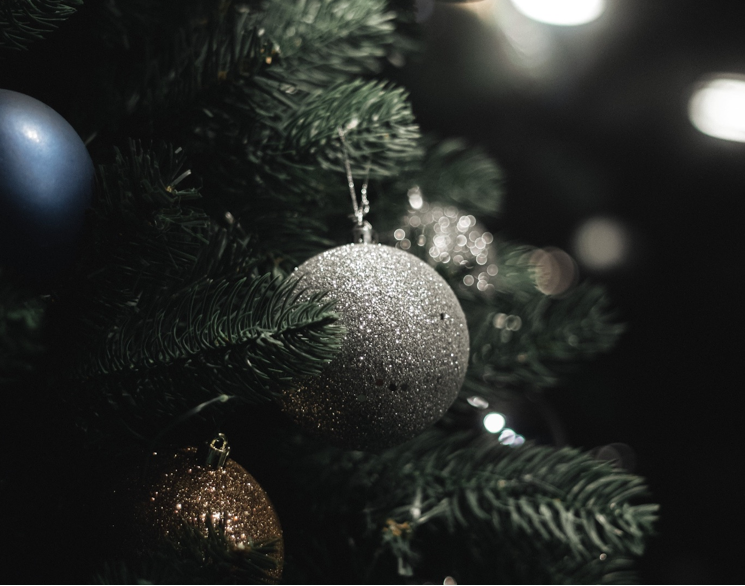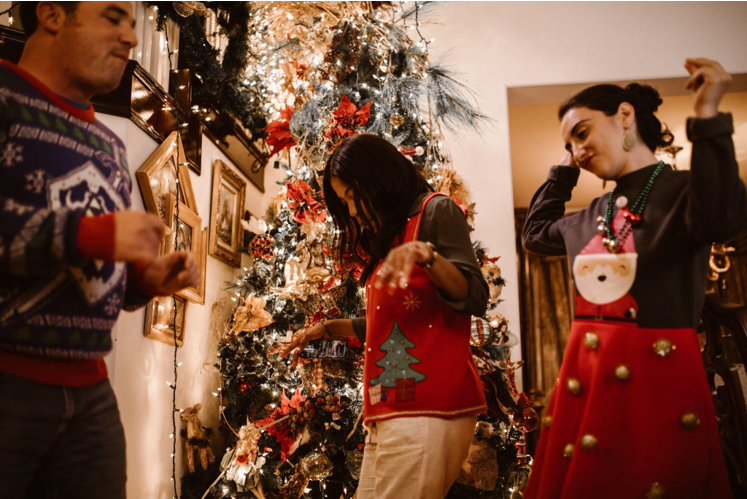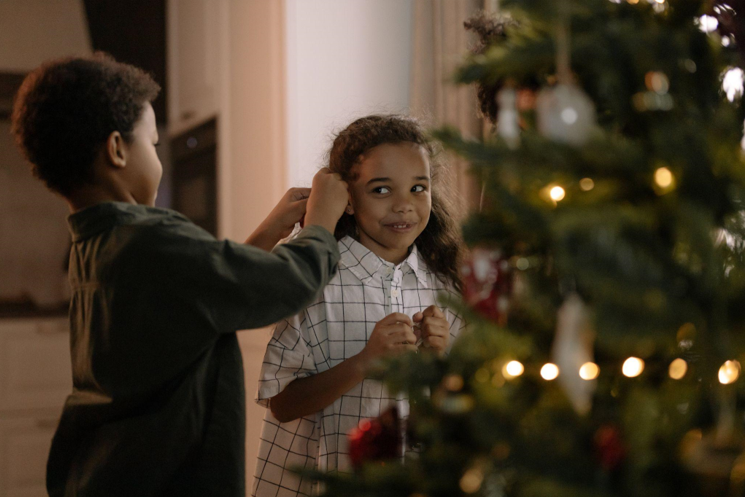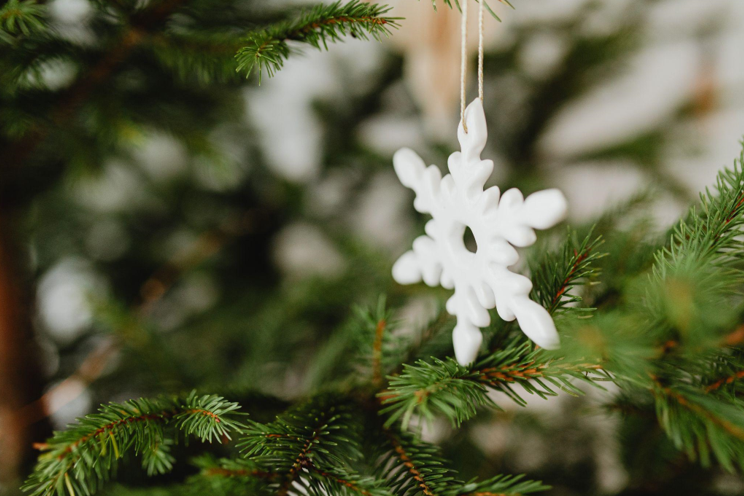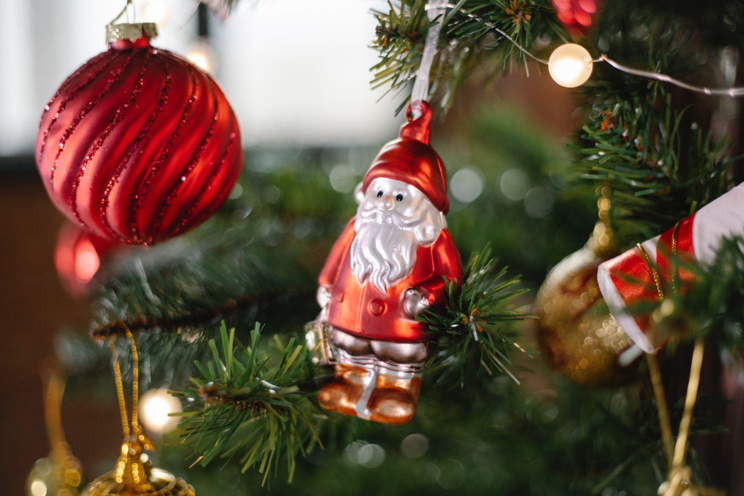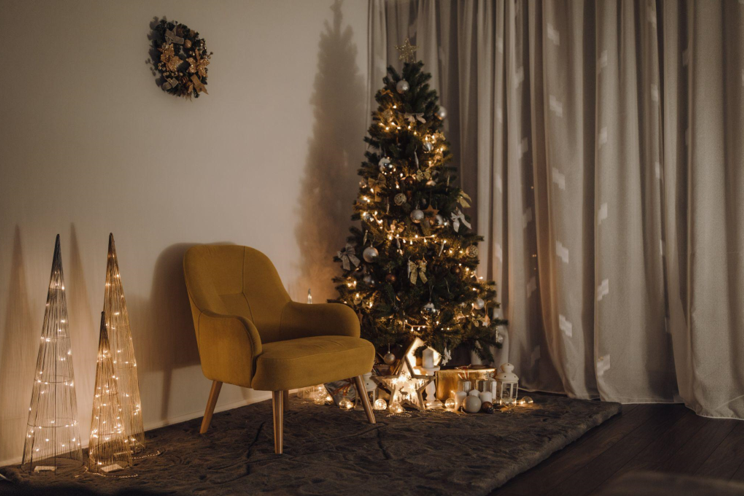It’s that time of year again when the king of Christmas trees takes center stage in our homes. For pet owners, it’s crucial to choose the right artificial prelit Christmas tree to avoid any unwanted mishaps. Dogs, in particular, love to explore and are fascinated with the decorations, making it essential to train and keep them safe.
The Importance of Choosing the Right Tree
When selecting the perfect artificial prelit Christmas tree, pet owners must consider several factors to ensure their furry friends remain safe. The first step is to choose a sturdy tree that will not topple over if your pet gets too close. Select a tree with a solid base and ensure it’s secured to the floor or wall correctly.
Another factor to consider is the size of the tree. There may be better options than a tall tree if you have a small dog breed that loves to climb. Choose a tree that is the right height for your pet, or place it where your dog can’t reach it.
Easy Tips for Keeping Your Pets Safe Around the Christmas Tree
Once you’ve selected the perfect artificial prelit Christmas tree, it’s time to consider ways to keep your pets safe around it. One of the best ways to prepare your pets for Christmas is to train them to avoid the decorations.
Training your pet to avoid the tree and decorations can save you a lot of trouble and expenses in the long run. Start by taking your dog for walks around the tree and teaching them proper commands such as “leave it” and “stay.” These commands can help prevent your pet from getting too close.
Another easy tip for keeping pets safe around the Christmas tree is to use pet-friendly decorations. Avoid using tinsel, ribbons, or small ornaments your pets may chew or swallow. Opt for more oversized, unbreakable decorations that withstand playful paws and curious noses.
Final Thoughts
Choosing the best artificial prelit Christmas tree for pet owners requires careful consideration to ensure your furry friends remain safe during the holiday season. Selecting a sturdy and pet-proof tree and training your pets to avoid the decorations is essential.
By following these easy tips, pet owners can ensure a safe and joyful Christmas season for their pets and themselves. Remember, a little preparation goes a long way in keeping your pets safe around the king of Christmas trees, and the holiday season will be one to remember!



